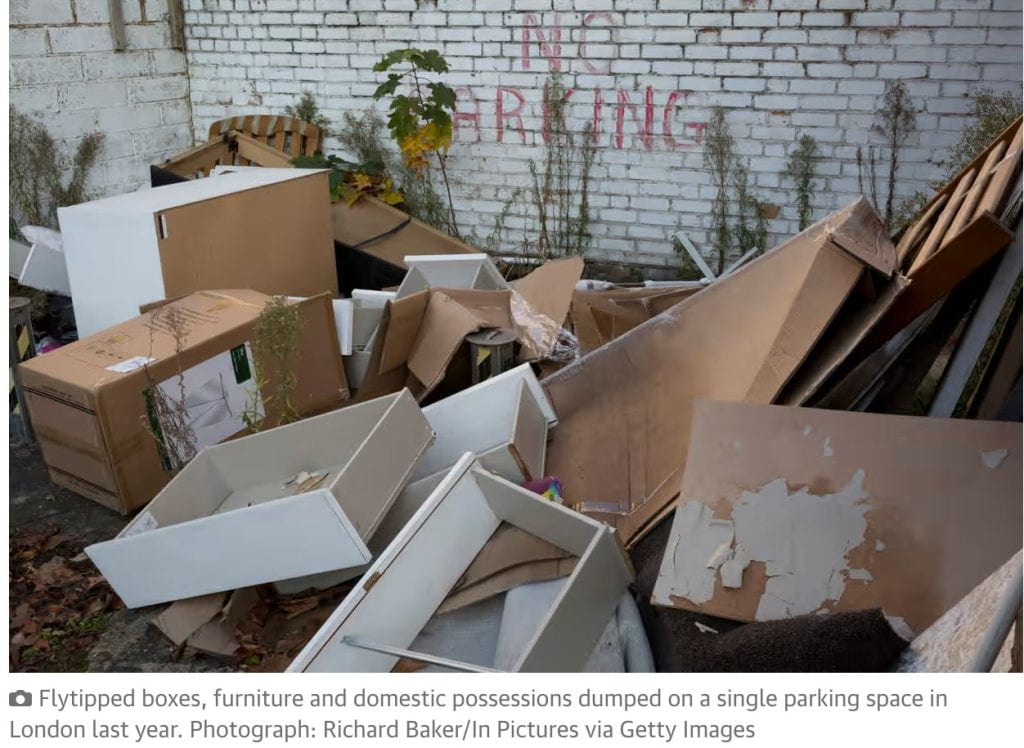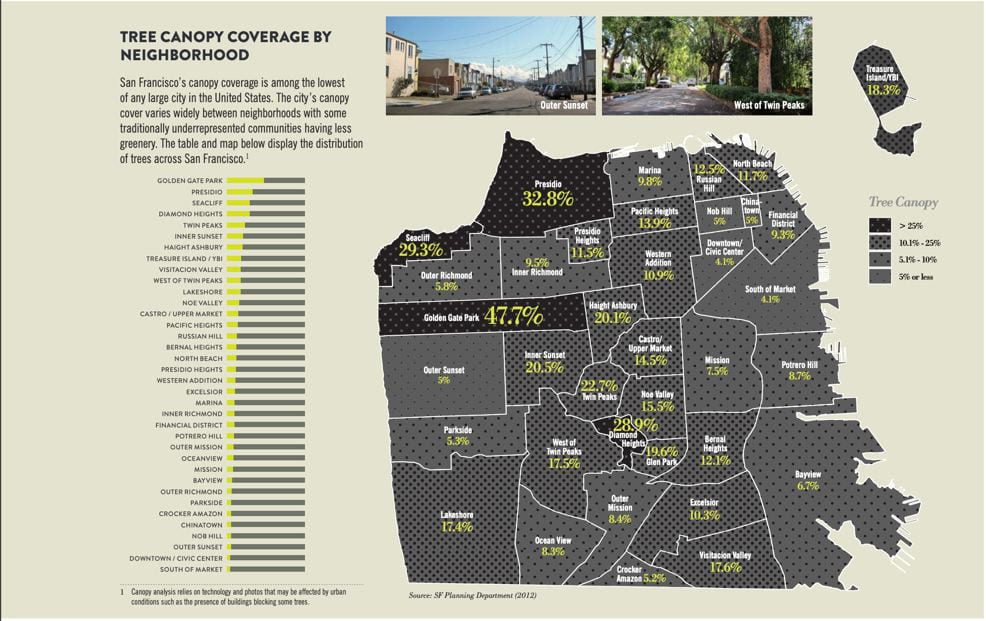Furniture Waste in the U.S.: What you can do
Waste doesn’t disappear when it leaves the house. When it gets thrown out, it goes somewhere. Furniture waste is a growing environmental concern on many fronts:

- Energy Consumption- the manufacturing and disposal of furniture requires energy
- Environmental Pollution- the improper disposal of furniture could release harmful substances into both the soil and water
- Greenhouse Gas Emissions- the logging of wood for furniture manufacture releases carbon dioxide into the atmosphere. Furniture that decomposes in landfills could also produce methane, another greenhouse gas.
- Landfill Space- furniture tends to be large and take up a lot of space in our landfills
- Loss of Biodiversity- the extraction of raw materials for the manufacture of furniture could contribute largely to habitat loss and destruction, which in turn hurt our ecosystems and wildlife.
- Resource Depletion- a growing concern for sourcing wood is deforestation; the demand for wood, metals, and petroleum based materials is hurting our natural resources
- Social Impacts- furniture production could involve exploitative labor practices and expose workers to serious public health concerns. Additionally, furniture is often disposed of in low-income communities, harming them in the process.
*For more information on the different types of issues caused by furniture production and waste, please see the embedded links throughout this article and at the end.
According to the Environmental Protection Agency:
“Generation of furniture and furnishings in MSW (municipal solid waste) was 12.1 million tons in 2018 up from 2.2 million tons in 1960. Wood was the largest material category in furniture, and ferrous metals was the second largest category. Plastics, glass, textiles and other materials were also found in furniture…A significant proportion (19.5 percent) of furniture and furnishings was combusted for energy recovery in 2018, but the majority of this product sector was landfilled (80.1 percent).”
Furniture is made mostly of mixed materials. Mixed materials are products made up of a combination of different materials like plastic and wood. Unfortunately, disposing of mixed materials is difficult, costly, and time consuming. Separating these materials for recycling takes time and energy. Unfortunately, many people throw out their fully functional furniture for new furniture.

What you can do
If you are in need of furniture, consider not buying it new. Thrift stores have so many fully functional and unique options. Sourcing from friends and family is also a possibility. Garage and yard sales sometimes offer furniture or smaller appliance options if you look for them. Online options for furniture include sourcing from sites like Facebook Marketplace or Nextdoor. Freecycle.org has free furniture items available for pickup at different sites near you. You can donate your furniture or get donated furniture. The Local Flea has preowned and fixed furniture in good condition with free local pickup or flat rate local delivery options.
 If you are looking for furniture that is like-new, or if you have fully functional and well kept furniture, consider using sites that facilitate the buying and selling process like Kaiyo. If you have furniture that you need to dispose of, then try Load Up. Load Up picks up your furniture and donates it for you, partnering with Goodwill, Salvation Army, and Habitat for Humanity. They have moved millions of items already and planted over 26,000 trees. They have curbside pickups and indoor pickups available as well, but they do charge a fee for this service. San Francisco’s Community Thrift Store also offers a free pick up service for large furniture donations by appointment Sunday-Thursday. The bottom line is there are sustainable and affordable options for buying, selling, and donating furniture. This is one small thing you can do, and it truly does matter.
If you are looking for furniture that is like-new, or if you have fully functional and well kept furniture, consider using sites that facilitate the buying and selling process like Kaiyo. If you have furniture that you need to dispose of, then try Load Up. Load Up picks up your furniture and donates it for you, partnering with Goodwill, Salvation Army, and Habitat for Humanity. They have moved millions of items already and planted over 26,000 trees. They have curbside pickups and indoor pickups available as well, but they do charge a fee for this service. San Francisco’s Community Thrift Store also offers a free pick up service for large furniture donations by appointment Sunday-Thursday. The bottom line is there are sustainable and affordable options for buying, selling, and donating furniture. This is one small thing you can do, and it truly does matter.
Additional Readings:
How Sustainable is Furniture Manufacturing? By Nati Samani
https://www.deskera.com/blog/how-sustainable-is-furniture-manufacturing/
Silly Billy: What the Ikea bookcase tells us about the true cost of fast furniture? By Simon Osborne
https://www.theguardian.com/lifeandstyle/2020/may/19/silly-billy-what-the-ikea-bookcase-tells-us-about-the-true-cost-of-fast-furniture
Furniture Waste the Forgotten Stream
https://www.rts.com/blog/furniture-waste-a-growing-issue/#:~:text=Furniture%20waste%3A%20The%20facts,landfill%20was%20recovered%20for%20recycling.
Photo by Fidan Jafarova: https://www.pexels.com/photo/display-of-merchandise-in-thrift-store-10785805/


